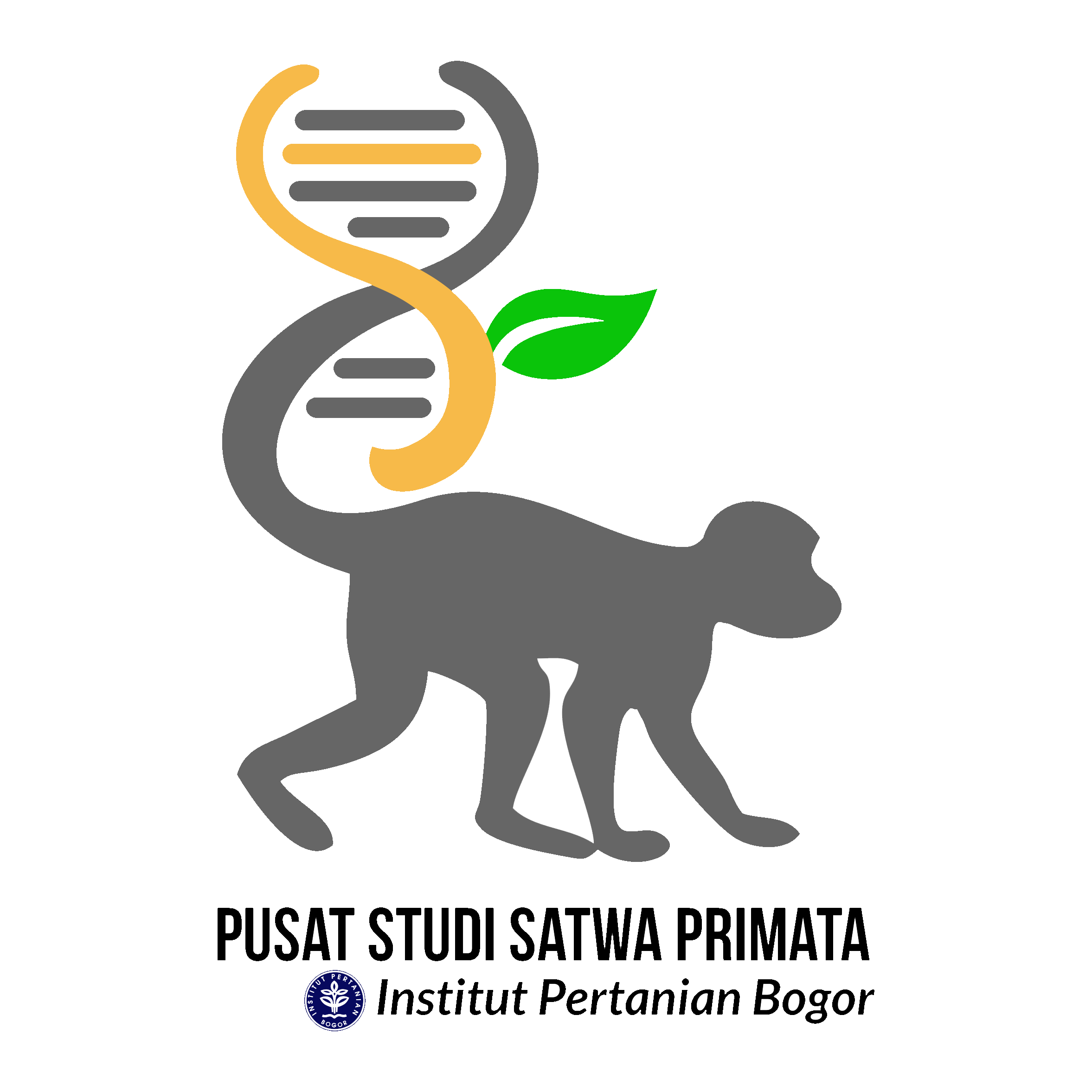Mosquito Community in Primate Captivity (Tarsius sp.) and its Potential as Transmitters of Zoonotic Mosquito-Borne Diseases.
Abstract
By means of conservation, ectoparasites monitoring and surveillance especially mosquitoes in primate captivity become important. Mosquito is one of the ectoparasites which acts as a vector of various types of zoonotic diseases such as Dengue, Zika, Japanese encephalitis, Rift Valley fever, filariasis, and others. This study was aimed to determine the diversity of mosquito species, their fluctuations as well as the potential of mosquitoes as a Dengue virus (DENV) vector around the tarsier captivity in the animal conservation laboratory IPB Primate Research Center (IPB PRC). Mosquitoes were collected from February to April 2020 using light traps and sweep net every two hours from 06.00 pm to 06.00 am. Detection of the presence of Dengue virus (DENV) is carried out using Reverse Transcriptase Real-time Polymerase Chain Reaction (RT-qPCR) against Aedes albopictus and Armigeres subalbatus. The results showed that there were 4 species of mosquitoes caught around the tarsier captivity namely Aedes albopictus, Culex quinquefasciatus, Armigeres subalbatus, and Armigeres foliatus. The dominant mosquito species were Armigeres subalbatus (62.11%) and Aedes albopictus (41.61%). Detection of Dengue virus (DENV) serotypes 1, 2, 3, 4 in Aedes albopictus and Armigeres subalbatus gave negative results. The presence of mosquitoes that have the potential to carry zoonotic disease around the tarsier captivity in IPB PRC shows the potential for Mosquito-Borne Diseases to both tarsiers and human.
Copyright (c) 2023 Indonesian Journal of Primatology

This work is licensed under a Creative Commons Attribution-NonCommercial 4.0 International License.
As our aim is to disseminate original research articles, hence publishing rights is necessary. The publishing right is needed in order to reach an agreement between the author and publisher. As the journal is fully open access, the authors will sign an exclusive license agreement, where authors have copyright but license exclusive publishing rights in their article to the publisher. The authors have the right to:
- Share their article in the same ways permitted to third parties under the relevant user license.
- Retain patent, trademark, and other intellectual property rights including research data.
- Proper attribution and credit for the published work.
For the open access article, the publisher is granted the following rights.
- The exclusive right to publish the article, and grant rights to others, including for commercial purposes.
- For the published article, the publisher applied for the Creative Commons Attribution-NonCommercial-ShareAlike 4.0 International License.

This work is licensed under a Creative Commons Attribution-ShareAlike 4.0 International License.















